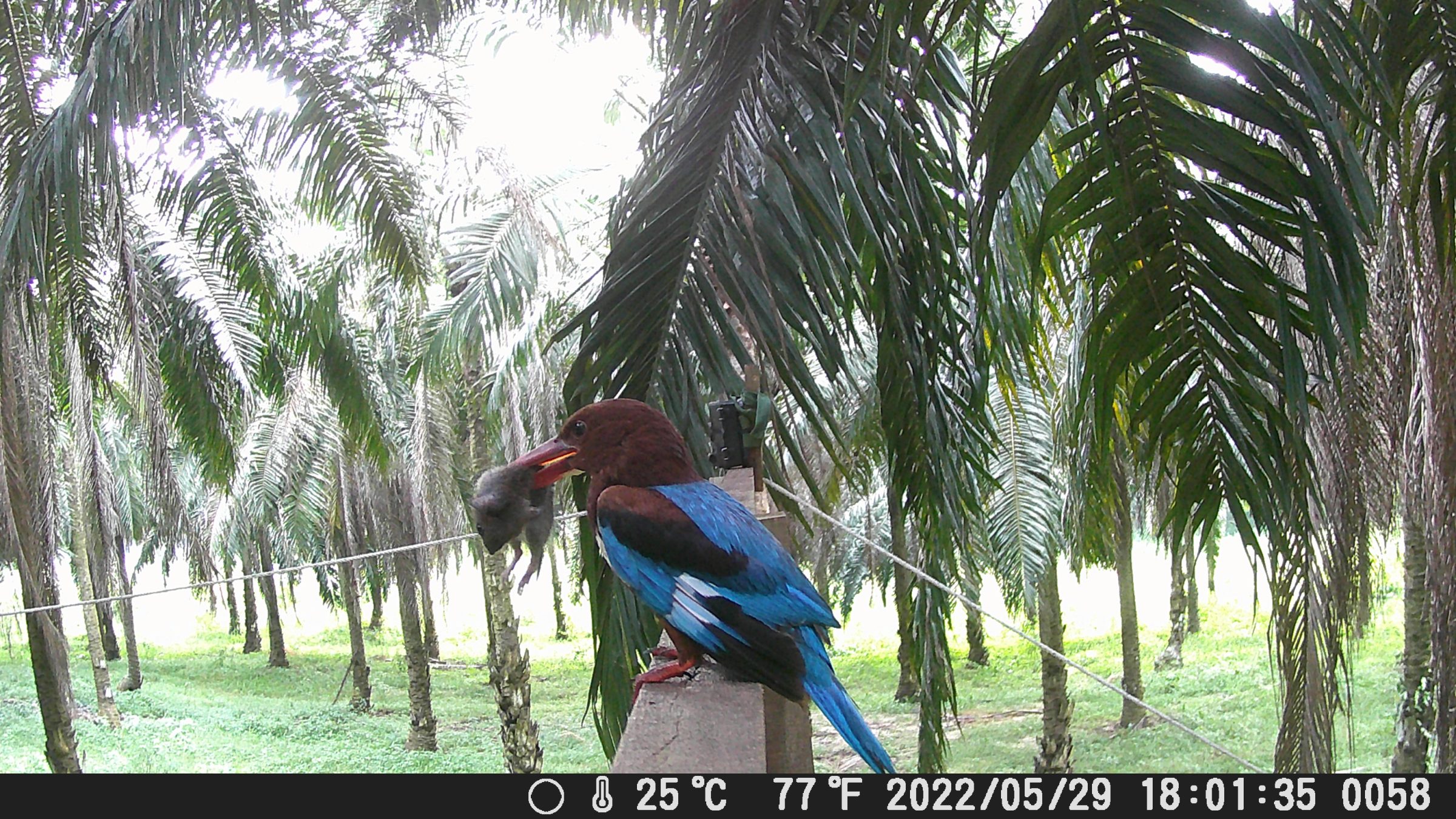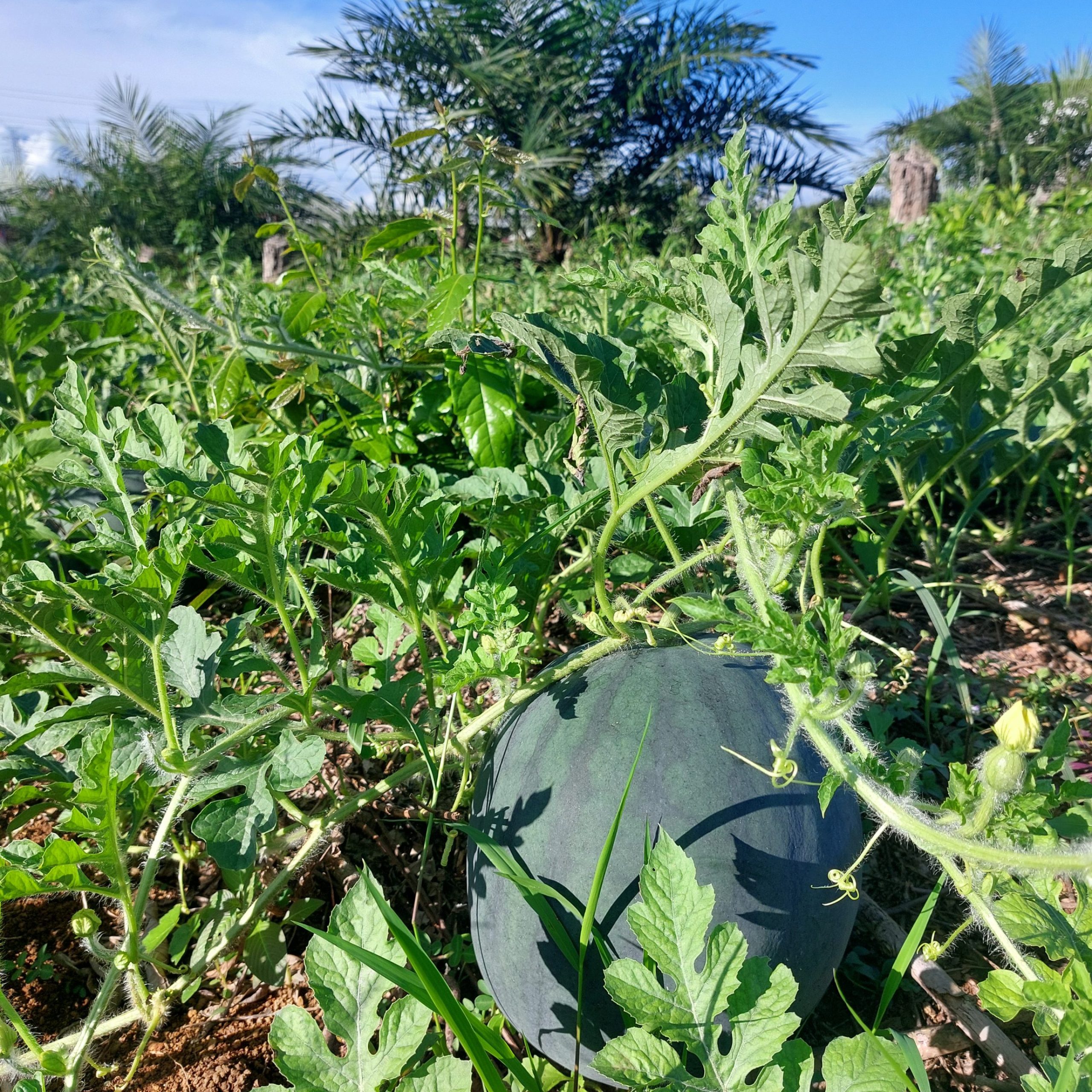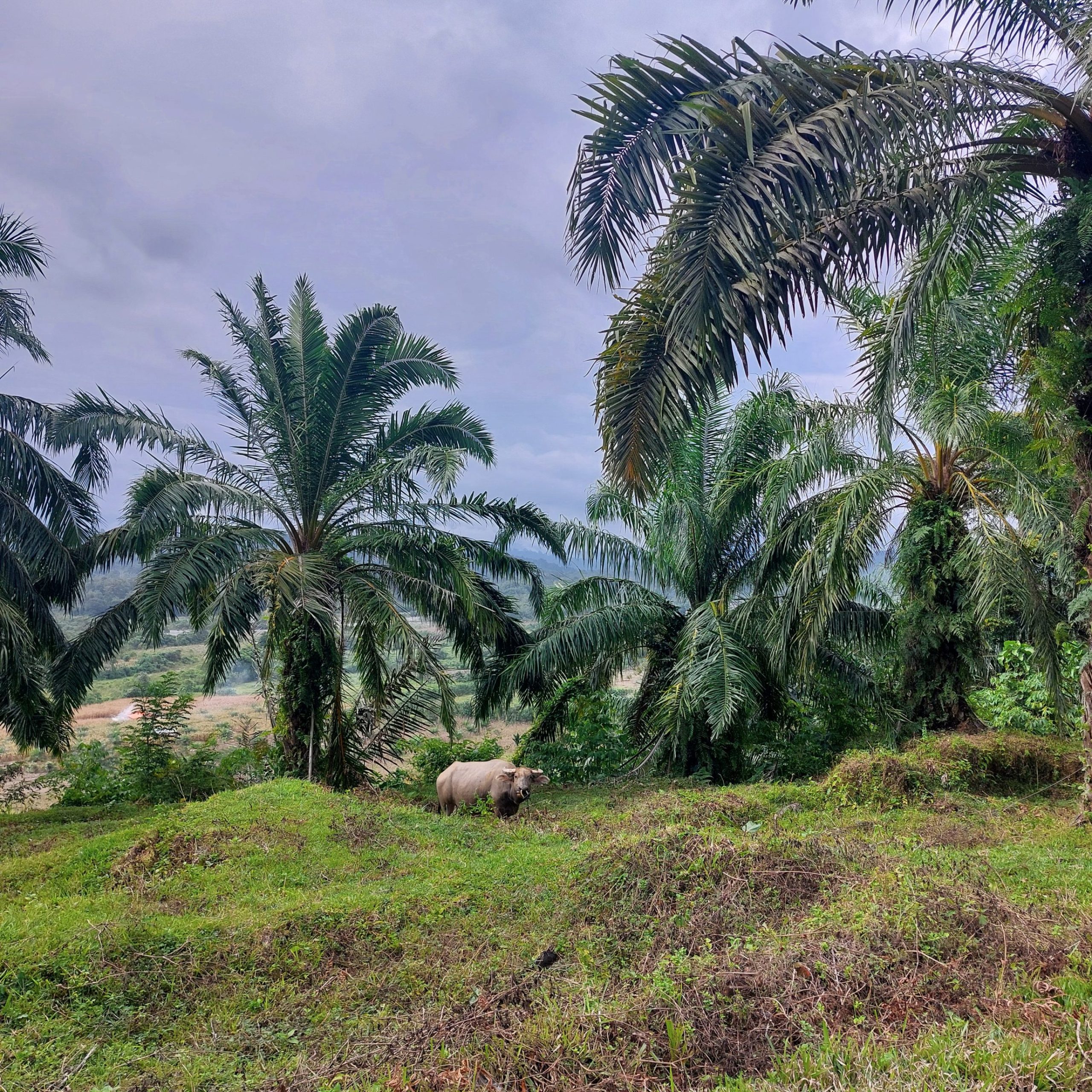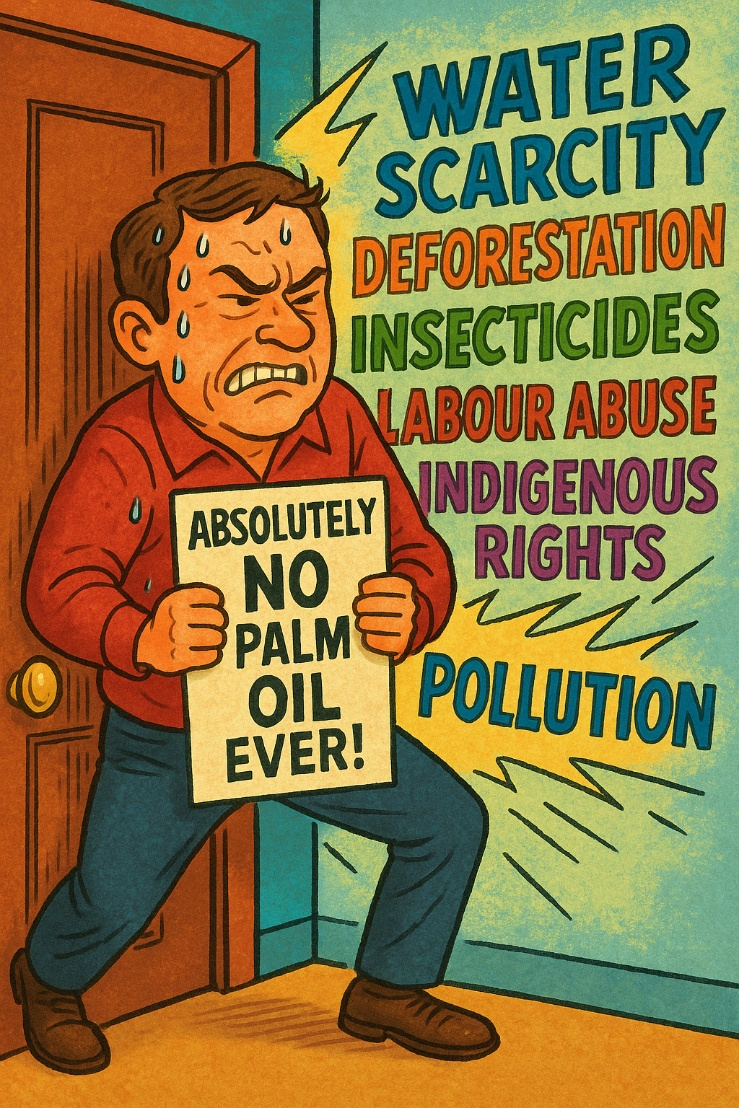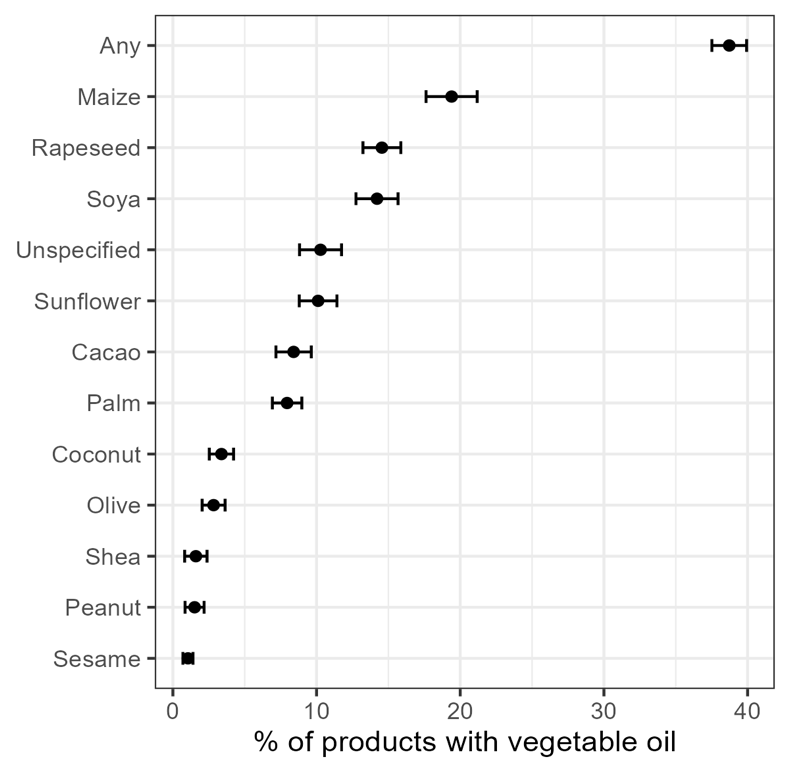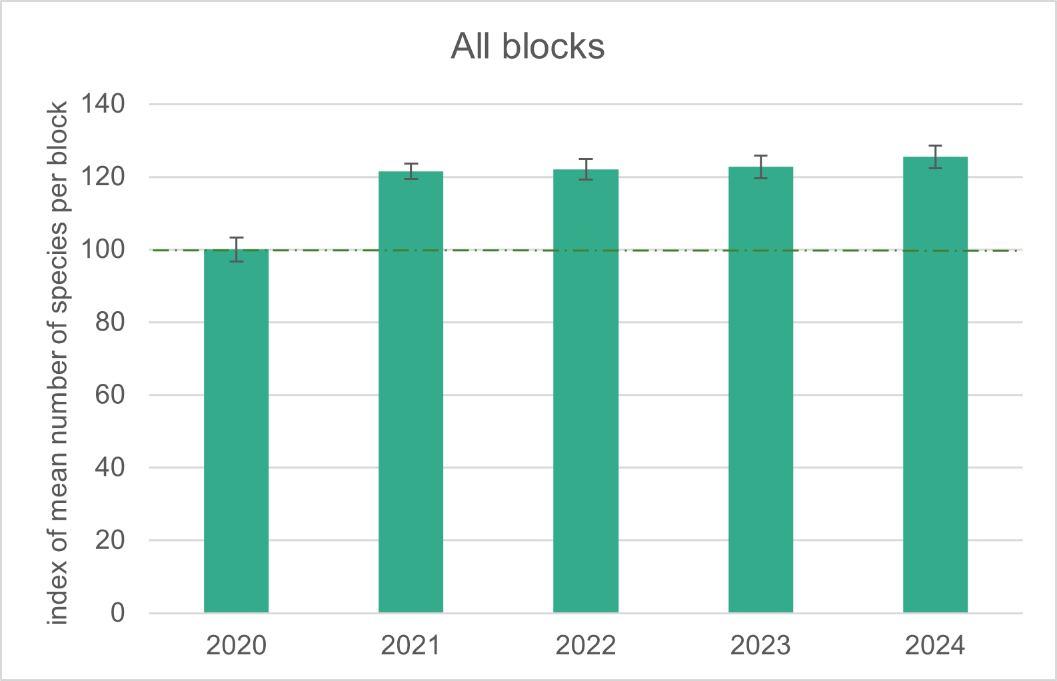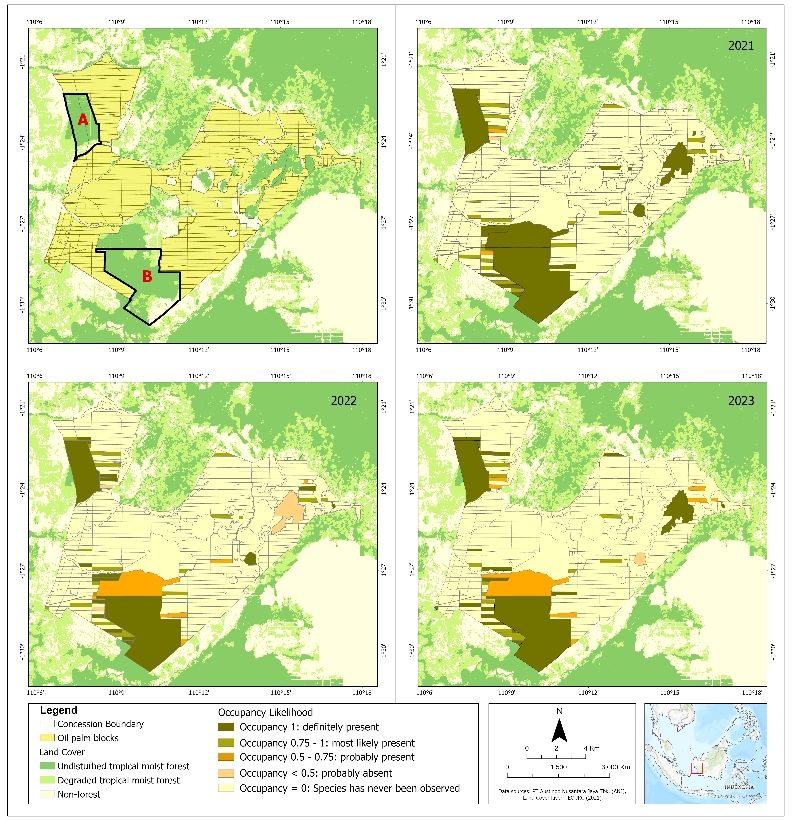Since the launch of the Sustainable Palm Oil Communities Project back in 2017, our aim has been clear: to empower communities across the UK to support the use of sustainable palm oil. As we continue to unite towns, cities, counties and regions in support of a sustainable approach to this agricultural commodity, we create meaningful change in supply chains, whilst driving public awareness for a topic still laden with misconception.
In this Chester Zoo led campaign, almost 200 businesses around the UK have pledged or fully signed up as a Sustainable Palm Oil Champion in one of 6 active communities: Chester, Blackpool, Newquay, Oxford, Hull and East Riding of Yorkshire and Dorset, each led by a dedicated lead organisation. Working with businesses across a variety of sectors, the project supports each organisation to make an initial step in switching to sustainable palm oil in their supply chains. While the original focus was on hospitality, champions now include everything from coffee shops to garden centres, gyms to solicitors – representing the need for a whole-community approach to removing environmental damage and deforestation from global supply chains.
Despite progress in consumers recognising that sourcing sustainable palm oil is the best way to prevent habitat destruction and protect biodiversity, as supported by countless NGOs and scientific research, the lasting impact of misconceptions around palm oil remain widespread. Chief among them is the assumption that ‘palm oil free’ automatically equates to no deforestation which consistently misleads consumers. That’s why the Sustainable Palm Oil Communities Project and its wider partnerships continue to advocate for deforestation-free sustainable palm oil as the most efficient, regulated and sustainable solution to a growing global demand for vegetable oil.
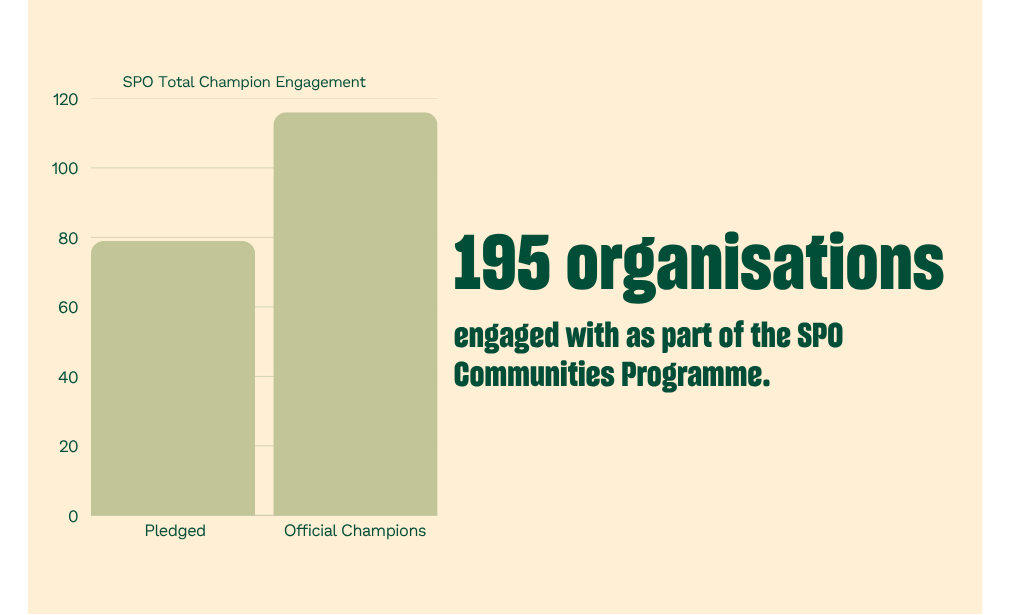
To help us shift the narrative, the project has expanded to include a growing list of Ambassadors, such as popular food-to-go retailer Greggs, who are leading by example and utilising their extensive platforms to amplify campaign messaging. These larger businesses not only help educate customers on just how important it is to source sustainable palm oil, but also often simultaneously become a champion themselves when based in one of the campaign’s communities.
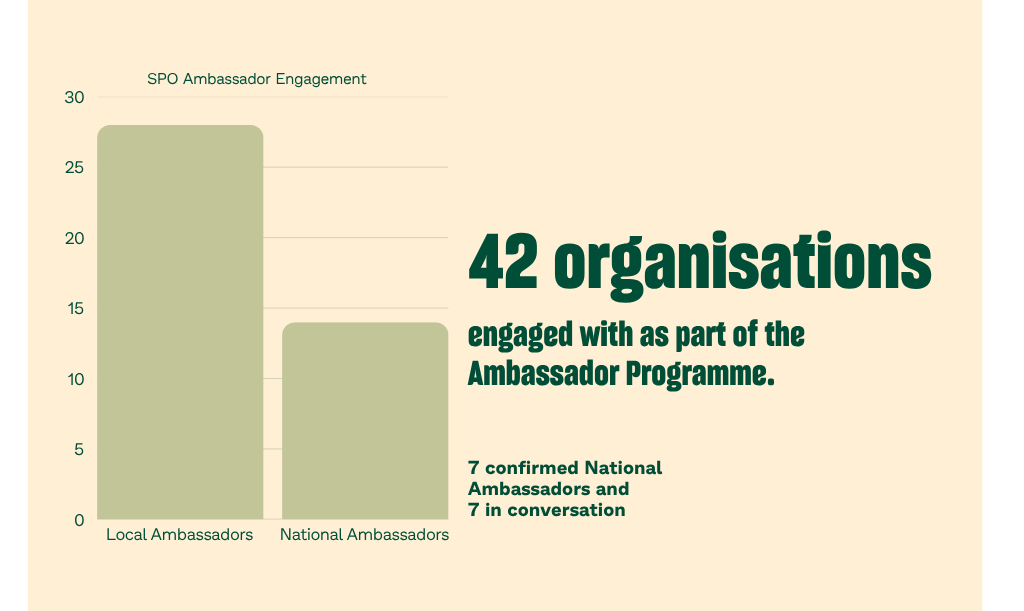
In November 2024, the campaign was recognised on the global stage. As part of Chester Zoo’s broader collaboration with Ferrero, the partnership was awarded the Roundtable for Sustainable Palm Oil’s ‘Communicating for Good Award’, voted for live at the 2024 Annual Roundtable Conference on Sustainable Palm Oil in Bangkok. The award is a clear testament to the campaign’s success in driving positive behaviour change through collective action, and we were absolutely delighted to share this achievement with our sustainable palm oil network.
As we look to the future, our mission remains unchanged. We’re inviting more businesses and organisations to join us in shifting the market towards a sustainable future. If you would like to get involved in the sustainable palm oil communities project, either as a champion for one of our sustainable palm oil communities, or as an ambassador, please get in touch at spocity@chesterzoo.org or go to Sustainable Palm Oil – Everything You Need To Know | Chester Zoo to find out more.
